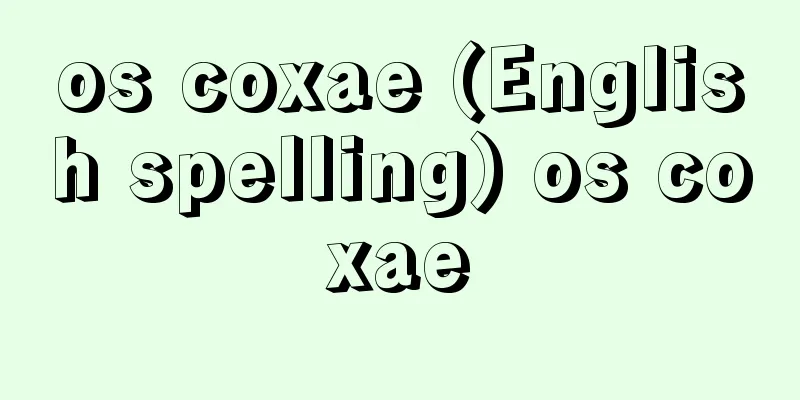Top - Koma

〘noun〙① A child's toy. Made from wood or iron in a circular shape, it is played with by twisting the central axis with your fingers or wrapping a string around it and throwing it around. There are many types, including Hakata tops, shell tops , Chinese tops and lazy tops . Making tops. Spinning tops. Spinning. [Season: New Year] ※Taiheiki (late 14th century), chapter 39 "Among the children playing in the large courtyard of the Nagakodo Hall, spinning tops"② ① used as a gambling tool. Each side of the hexagonal or octagonal shape has pictures or letters painted on it. Also, the gambling game in which it is spun. Flower top. ※Sakehon Tatsumi-no-sono (1770) "At Haruoka on the front of my husband, when the top was spun from the side, half a ton of rice was returned." ③ A rigid body that can rotate freely around one fixed point (fulcrum). ④ The name of a crest. Something modeled after ①. Examples include top and three tops. ⑤ A pulley-like object through which a rope is passed to open and close skylights. [Additional notes] ① is called "Komatsukuri" in "Jumanbon Wamyōshō-ni," and " Komatsuburi " in "Okagami" and "Uji Shūi." It seems to have been introduced to Japan via Goryeo, as it is also written as "Inu" and "Koma."dokuraku [top]Tsumukuri [Spinning top]Source: The Selected Edition of the Japanese Language Dictionary About the Selected Edition of the Japanese Language Dictionary Information |
〘名〙① 子どもの玩具の一つ。木や鉄などで円形に作り、中心にある軸を指でひねったり、ひもを巻きつけたりして、投げ回して遊ぶもの。博多独楽、貝独楽(ばいごま)、唐独楽(とうごま)、無精独楽(ぶしょうごま)など種類が多い。こまつくり。こまつぶり。つむくり。《季・新年》※太平記(14C後)三九「長講堂の大庭に、独楽(コマ)廻して遊びける童の内に」② ①を博打(ばくち)の用具として用いたもの。六角または八角の各面に絵や文字が描いてある。また、これを回して行なう博打。お花独楽。※洒落本・辰巳之園(1770)「夫からおもての春岡で、こまが有から廻したら半分斗まけはかへった」③ 一つの固定点(支点)のまわりに自由に回転できる剛体。④ 紋所の名。①をかたどったもの。独楽、三つ独楽などがある。⑤ 天窓を開閉するために付ける綱を通す滑車様のもの。[補注]①は「十巻本和名抄‐二」に「古末都玖利(こまつくり)」、また「大鏡」「宇治拾遺」には「こまつぶり」とある。「狗」「高麗」とも書かれるように高麗経由で日本に渡来したらしい。
どく‐らく【独楽】つむくり【独楽】出典 精選版 日本国語大辞典精選版 日本国語大辞典について 情報 |
>>: Old story collection - Kohonsetsuwashū
Recommend
Mount Oasahi
A mountain on the border between Yamagata and Niig...
Nori
Nutrition and Function There are many types of no...
stenohaline
…Most invertebrates that live in places where the...
Blue-and-white flower - Blue-and-white flower
An evergreen shrub of the Plumageceae family (APG...
Ajari
〘Noun〙 (Transliteration of ācārya. Meaning a teach...
Yakabi Chouki
Year of death: 1775.2.17 (18 January 24) Year of b...
Minister of State - Kinsadaijin
A form of bureaucratic appointment during the Min...
Ro¨ssler, Karl Friedrich Hermann
Year of death: 1894.12.2 (1894.12.2) Born: Decembe...
Bayerische Staatsoper, München (English)
…In 1755, the Piccola Scala (600 seats) was built...
The Roaring Twenties
…Most of today's urban lifestyles have their ...
Plexus - Nerve Plexus
The peripheral nerves of vertebrates are connected...
Banjo - banjo (English spelling)
A plucked stringed instrument of the lute family....
Anadevidia peponis (English spelling)
…There are many species in temperate zones, some ...
Robertson, E.G. (English spelling) RobertsonEG
...The magic lantern, which uses optics to projec...
Rad, G.von (English spelling)RadGvon
...At the end of the 19th century, Wellhausen rea...









